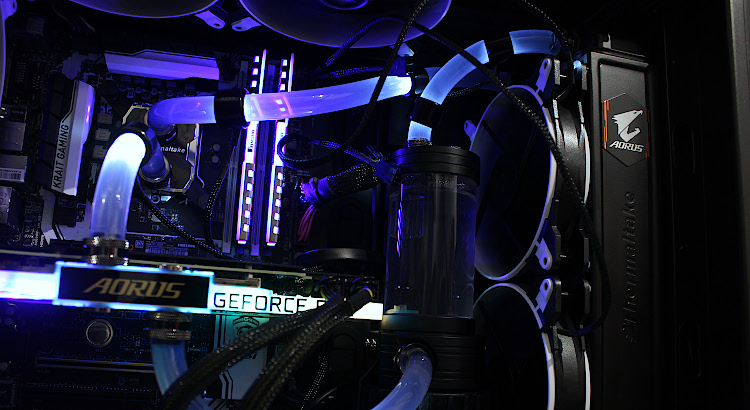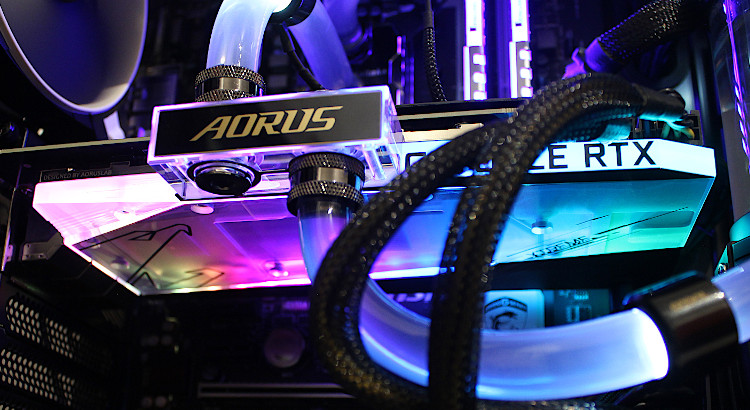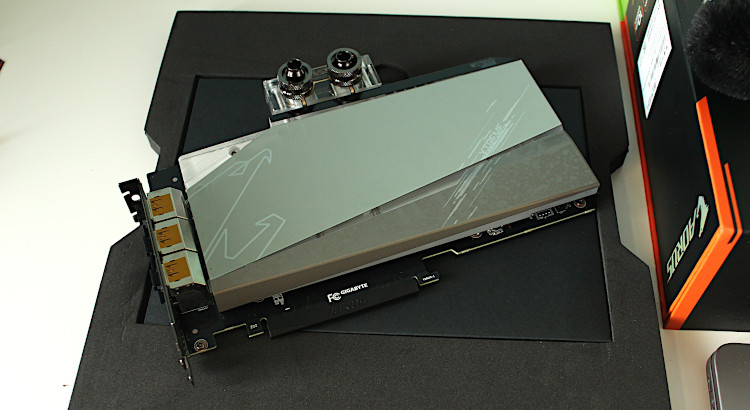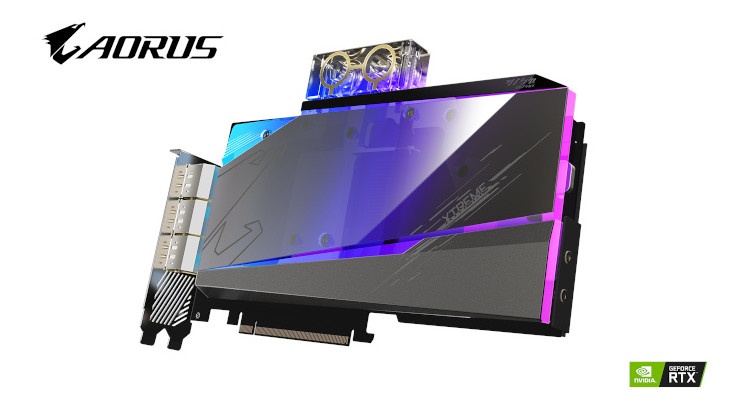Delidding my Intel i7-6700K processor
CPU temperatures are always a concern when overclocking and with the current generation Intel processors the heat spreader over the CPU Die has a layer of thermal paste to help improve heat transfer. Over time this will deteriorate and due to the type of thermal paste used temperatures for the 6th generation Intel procoessors could be a lot better. Delidding is the process of removing the CPU heatspreader, re-applying higher grade thermal paste / solution and re-attaching the heat spreader.
How to delid the i7-6700K
Without using any tools you could try to carefully slice away at the silcon adhesive holding the heat spreader in place but you have to go extremely slow and proceed with caution as one wrong move and you could end up slicing the surface of your CPU. I actually gave this a go on an old Pentium II processor just to see what it looked like but I should also mention this older processor does not use thermal paste, the heat spreader is actually soldered directly to the Die.
Removal of a soldered heat spreader will cause damage so there was little point trying to take it easy with the blade as shown in the image above. Suprisingly the heat spreader detached without ripping off the CPU die. Avoiding the blade method delidding tools exist to help make the task as easy as possible, my choice is a tool from Aquatuning: Aquacomputer Dr. Delid PROFESSIONAL tool for Skylake and Kaby Lake processors I prefer the idea of twisting the heat spreader with all sides of the CPU providing support Vs traditional style clamp / vice tools which only support 1 side during the compression phase.
The Preparation and delidding
The plastic pry bar was used to carefully clean the old silicon adhesive on the CPU and heatspreader.
- WD-40 for removing the silicon sealant.
- IPA to degrease and clean both surfaces.
- Grizzly Conductonaut Liquid metal compound for the CPU die.
- Silicon adhesive to re-attach the CPU heat spreader.
- Rubber gloves and eye protection
With the CPU in the delid tool the process was easy and the heat spreader came off with very little effort.
The application of the liquid metal was straight foward and it seems strange that such a tiny spot goes a long way. Next was working out how to apply the new silicon adhesive and hold the heat spreader at the same time. My solution was a suction holding tool as found in mobile phone screen repair kits. This really helped when repositioning the heat spreader and to ensure a uniform distribution of silicon adhesive I also dabbed some excess off before placing it over the CPU. Once it was ready the delidding tool clamp was used to apply pressure over the heat spreader whilst the silicon adheisve cured. I also added a spacer between the clamp’s rod to prevent any scratches to the surface of my CPU.









2 hours later I returned and my CPU was almost ready, just needed to clean away some excess silicon around the edges (not shown in the picture) using the plastic pry bar as a scraper.
How well did it perform?
- i7-6700K @4.4GHz 1.28v
- MSI Z170A Krait Gaming motherboard
- Zalman CNPS10x heat sink + Corsair AF120 Performance fan
- Arctic MX-4 thermal paste
Using Prime95 and Hardware monitor the before and after results show a 20 Degree C temperature difference. I also gave Intel’s XTU software a go with the results also showing a similar result.


Summary
Intel should have soldered the heat spreader as done with the Pentium 2 but instead their efforts to either save on costs or engineer a life expectancy by relying on the original thermal paste to degrade over time has proven to be a design flaw, especially with the i7-7700K model. We shouldn’t have to go to extreme measures in order to have a reasonably cool processor but this is where we are and I am grateful for the Dr. Delid Professional tool. It has worked extremely well, avoids excessive force on the CPU and the results are impressive, thanks to the Grizzly liquid metal thermal compound too.
If you are thinking about delidding an Intel 6th / 7th generation processor and have the right skills I recommend this tool.








